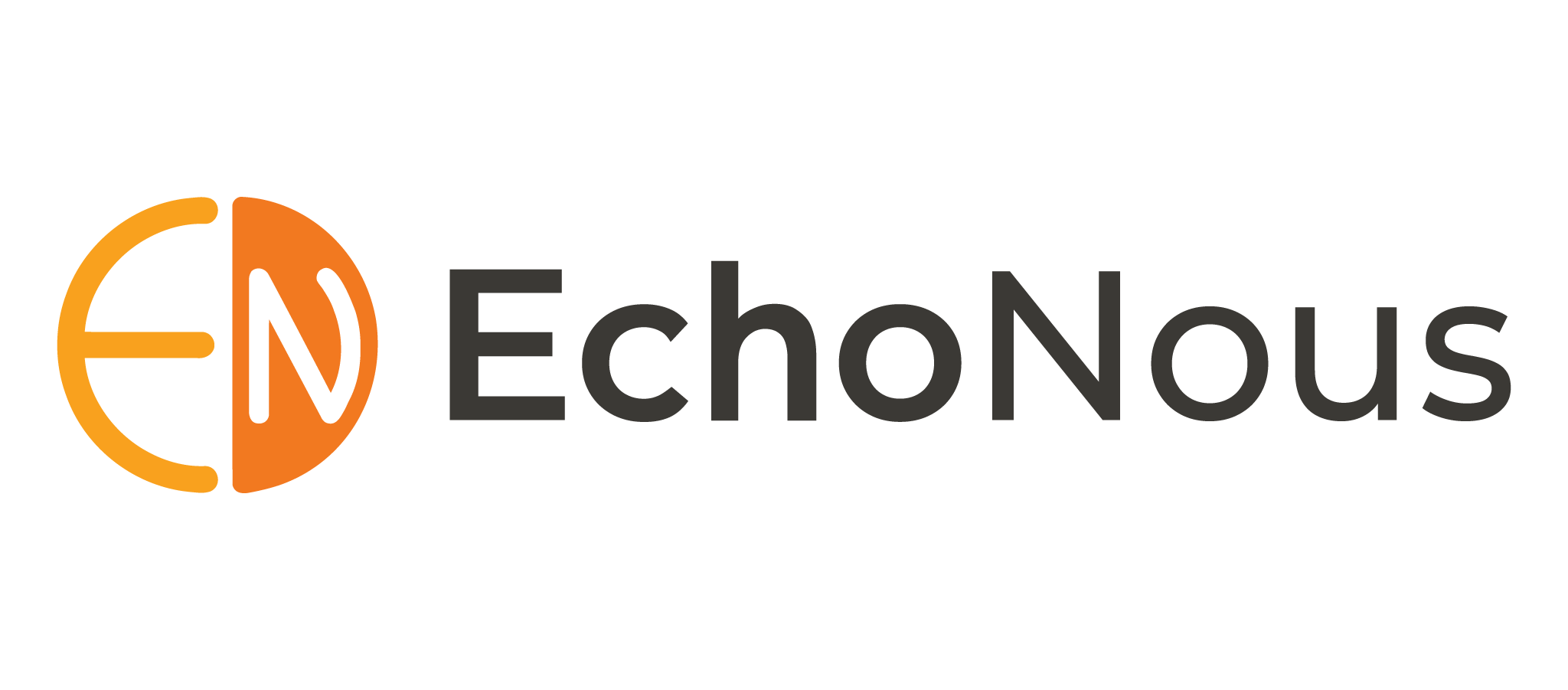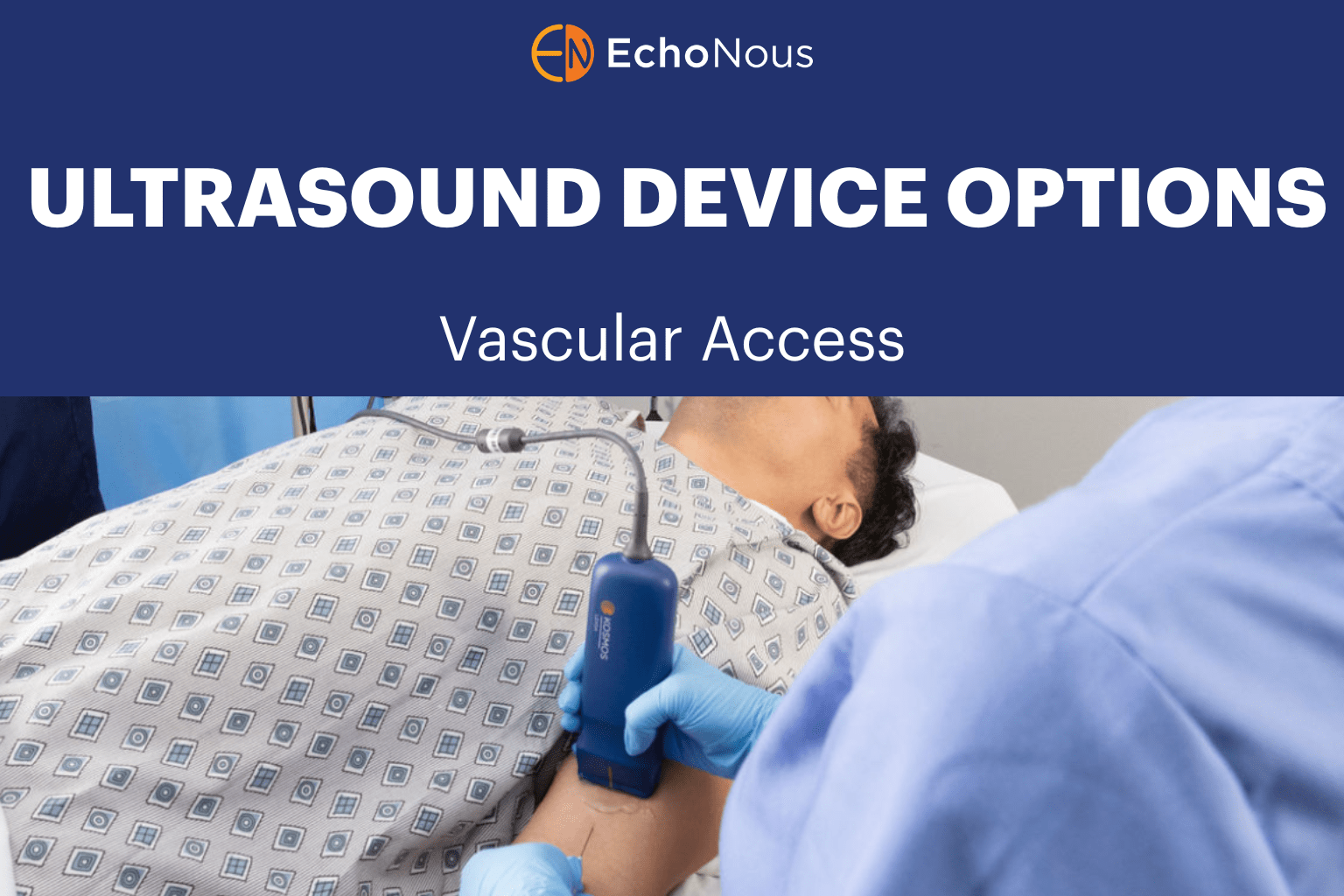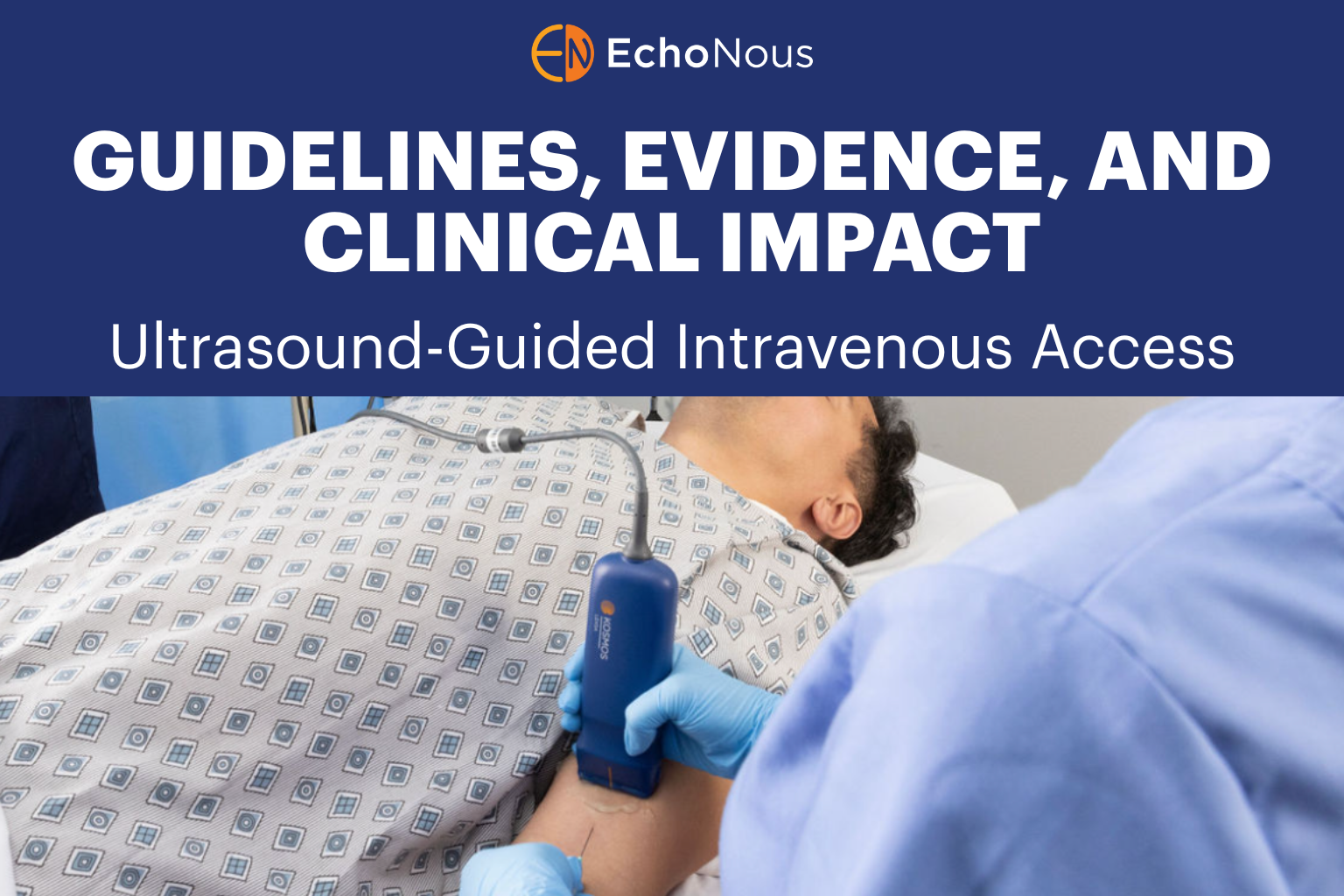Bloomington Fire Department

Making Every Second Count:
Bloomington Fire Department’s Ultrasound Practice during Cardiac Arrest
When it comes to innovation in emergency medical services (EMS), the Bloomington Fire Department is a leader, particularly in the use of Point-of-Care Ultrasound (POCUS) for cardiac arrest scenarios. Their approach focuses on a singular goal for POCUS: visualizing the heart to confirm the presence of cardiac motion, a practice that guides their treatment strategies.
In a nation where heart disease stands as the leading cause of death for adults in the United States, the efforts of the Bloomington Fire Department take on an even greater significance. Every year, approximately 805,000 people in the United States experience a heart attack, with someone suffering from a heart attack every 40 seconds. These statistics underscore the urgent need for innovative approaches in cardiac care, especially for conditions such as out-of-hospital cardiac arrests (OHCAs), which affect over 350,000 Americans annually. In this high-stakes context, Bloomington’s strategy of employing the Kosmos ultrasound device to confirm cardiac motion stands as a strong approach.
Bloomington, through its use of the Kosmos ultrasound device, reports a 15% Return of Spontaneous Circulation (ROSC) rate, above the national average and positioning them on par with North Carolina’s Wake County or Washington’s King County, both known for their exceptional EMS systems. Since every second truly counts in the fight against cardiac arrest, Bloomington’s dedicated approach underscores the impact of streamlined, targeted methodologies.

The Bloomington Fire Department
The Bloomington Fire Department serves approximately 78,680 residents across 27 square miles in central Illinois. Responding to 13,272 incidents in 2022, the department operates from five stations equipped to handle diverse emergencies, from hazardous materials incidents to aircraft rescue operations, although 78% of their call volume remains EMS incidents.
The department utilizes a sophisticated dispatch system to ensure timely resource deployment during critical medical emergencies like heart attacks and strokes. Operating as an Advanced Life Support (ALS) agency, they have four ambulances equipped with essential life-saving devices, including the LUCAS devices designed for efficient CPR during cardiac arrest scenarios. Recognized for its exceptional care for heart attack patients, the department received the prestigious American Heart Association Mission Lifeline Gold Plus Award in 2022.
The department’s innovative approach to emergency medical services involves using the Kosmos ultrasound technology during cardiac arrest incidents. This technology provides paramedics with real-time insights into cardiac function, enabling informed decision-making during critical emergencies. By implementing Point-of-Care Ultrasound (POCUS), the fire department sets a high standard for comprehensive EMS practices.
Making Every Second Count
Derick Riordan, an EMS supervisor at the Bloomington Fire Department, is instrumental in successfully integrating POCUS within the department. With a caseload ranging from 70 to 100 cardiac arrest cases per year, Bloomington Fire sees the Kosmos ultrasound device as a fundamental component of their response. Riordan explains their philosophy as “time is muscle,” underscoring the critical importance of every second in their life-saving efforts.
“Seconds count, so we’re doing our best. We arrive with five to six people on the scene while the hospital has 20 people in the room, so every little advantage we can get, we take. Seconds matter to us, and more importantly, our patients,” Riordan emphasizes.
Upon arriving at the scene, Riordan ensures the paramedics perform continuous CPR while he quickly evaluates the scenario and assesses the patient’s condition. This enables him to prioritize urgent needs, such as attending to the family or managing the airway. Once he feels the situation is stabilized, Riordan promptly employs the ultrasound to locate the heart for a subsequent rhythm check.
Using Kosmos during consistent CPR allows Riordan to accurately locate the heart during resuscitation, which helps in quickly initiating critical treatments. The integration of the Kosmos ultrasound device into their workflow helps bridge the time lag between the actual cardiac arrest and necessary treatment, significantly improving the chances of survival for patients.
Riordan explains, “We found we can locate the heart immediately. We are looking at the monitor, so we’re getting the inside and outside at the same time, and we’ve really streamlined that process because it was a little bit of a learning curve to be able to use the ultrasound.”
Integration of the Kosmos POCUS System Into EMS Workflow
The Bloomington Fire Department’s strategic implementation of the Kosmos POCUS system stands as an example for EMS agencies nationwide, highlighting a pragmatic approach to emergency medical response. With a focused emphasis on addressing cardiac arrest cases, the department prioritizes the visualization of the heart to confirm the presence of cardiac motion, a crucial step which guides their treatment protocols.
Riordan, the EMS supervisor at Bloomington Fire, underscores the simplicity of this strategy, affirming, “The message is to prioritize addressing cardiac arrest first and then expand as necessary, making it a much more feasible process.”
The department currently uses Kosmos to confirm cardiac standstill, or PEA, in cases of cardiac arrest. By seamlessly integrating the device into their resuscitation workflow, the department streamlined their processes, resulting in more efficient and effective treatment during critical cardiac arrest scenarios
Overcoming Barriers to Ultrasound Adoption
Despite exploring the potential of ultrasound for over a decade, the widespread adoption of ultrasound technology in emergency medical services in the United States has been sluggish due to several challenges. These include the necessity for comprehensive training, high staff turnover, limited support from medical centers, inconsistencies in nationwide protocols, and scope of practice issues. However, the Bloomington Fire Department’s approach provides a compelling solution to surmount these obstacles, emphasizing simplicity and a sole focus on cardiac arrest calls.
Although Bloomington has made considerable progress with POCUS, they recognize the ongoing need for community awareness and acceptance. Actively sharing their innovative approach with the public helps underscore the role of technology in enhancing patient outcomes and survival rates.
For his part, Riordan advises other departments: “Simply get it and get your hands on it.” The success of the Bloomington Fire Department is rooted in hands-on learning. With the right approach and the proper tools, EMS agencies across the nation can follow their lead and save more lives, one cardiac arrest call at a time.




